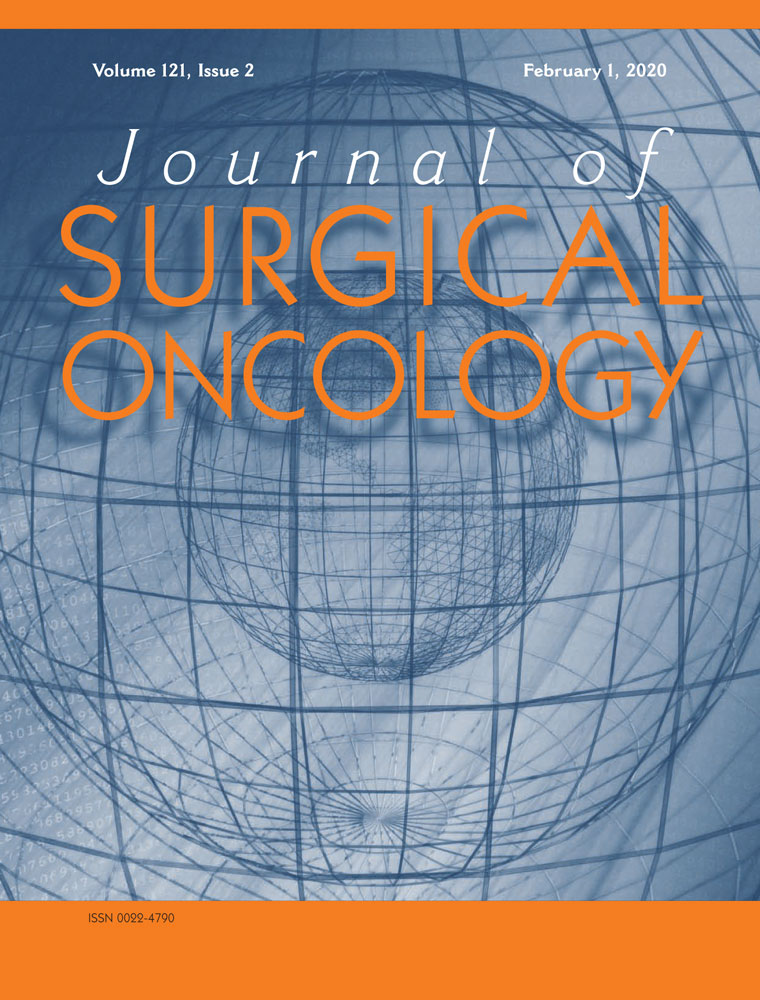Development of a model predicting the risk of eight major postoperative complications after esophagectomy based on 10 826 cases in the Japan National Clinical Database
Abstract
Background
Esophagectomy is a highly invasive procedure with a high incidence of complications. The objectives of this study were to create risk prediction models for postoperative morbidity associated with esophagectomy and to test their performance using a population-based large database.
Methods
A total of 10 862 patients who underwent esophagectomy between January 2011 and December 2012 derived from the Japanese national clinical database (NCD) were included. Based on the 148 preoperative clinical variables collected, risk prediction models for eight major postoperative morbidities were created using 80% (8715 patients) of the study population and validated using the remaining 20% (2147 patients) of the patients.
Results
The mortality rate was 3.1% and postoperative morbidity was observed in 42.6% of the patients. The c-statistics of the eight risk models established by the training set were surgical site infection (0.564), anastomotic leakage (0.531), need for transfusion (0.636), blood loss >1000 mL (0.644), pneumonia (0.632), unplanned intubation (0.607), prolonged mechanical ventilation over 48 hours (0.614), and sepsis (0.618) in the validation analysis.
Conclusions
Risk prediction models for postoperative morbidity after esophagectomy using the population-based large database showed relatively fair performance. The current models may offer baseline information for risk stratification in clinical decision makings and help select more suitable surgical and nonsurgical treatment options and future clinical studies.
CONFLICT OF INTERESTS
HM and HK are affiliated with the Department of Healthcare Quality Assessment at the University of Tokyo graduate School of Medicine. The department is a social collaboration department supported by the National Clinical Database, Johnson & Johnson K.K., and Nipro Corporation.
Open Research
DATA AVAILABILITY STATEMENT
Data are openly available in a public repository that issues datasets with DOIs.




